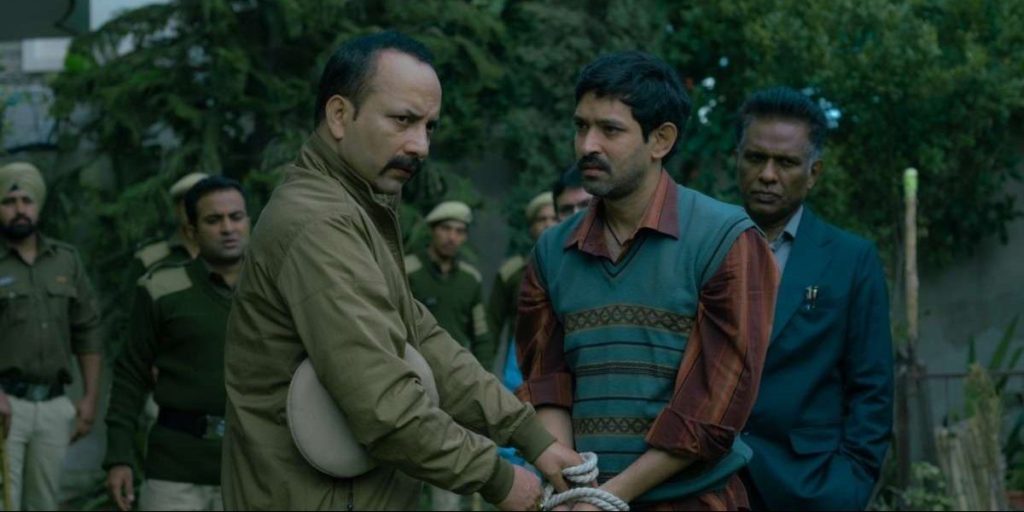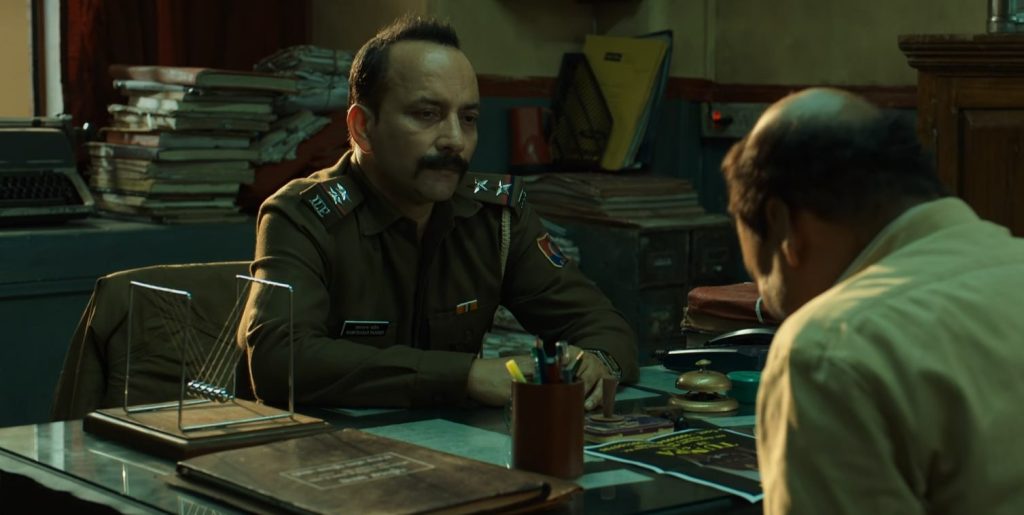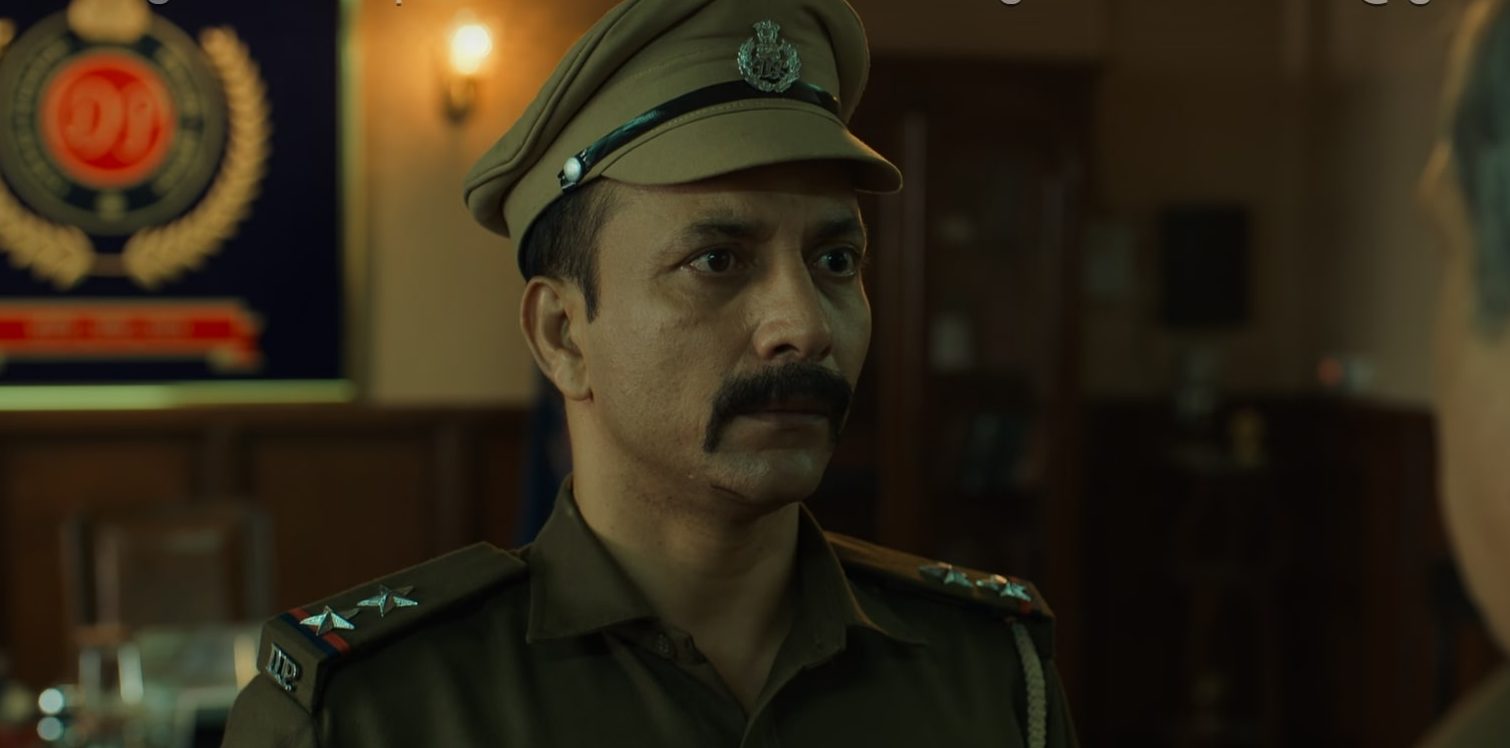The Indian Netflix crime thriller, ‘Sector 36,’ follows Ram Charan Pandey, a sub-inspector of an under-resourced police department whose work is cut out when a series of missing children reports ramp up in his locality. Although dismissive initially, Pandey stumbles upon a much darker conspiracy revolving around a serial murder case. As he tries to find the identity of the elusive killer, the sub-inspector runs afoul of the bureaucracy within the police department while desperately seeking the truth before more victims ramp up on his conscience. Therefore, he serves as the eyes and ears of the audience in a chilling story about murder, corruption, and accountability! SPOILERS AHEAD.
Ram Charan Pandey is a Determined Investigator With Loose Attachments to Reality
The events described in ‘Sector 36’ are inspired by a real-life serial murder case known as the Nithari Killings. It was a series of murders between 2005 and 2006 that took place in house D5, a residency owned by a wealthy man named Moninder Singh Pandher in Sector-31, Noida, near Nithari Village in Uttar Pradesh, India. Pandher and his worker, Surinder Koli, were convicted in relation to all the deaths. However, in 2023, they were acquitted by the Allahabad High Court on the premise of a lack of evidence. As such, the events surrounding Sub-Inspector Ram Charan Pandey are based on the real Noida crime case, while the character himself is a fictional creation of Bodhayan Roychaudhury, the scriptwriter behind the murder mystery.

‘Sector 36’ begins with a disclaimer about the movie’s real-life inspirations. Nevertheless, the text also reveals that the events described in the film are not exactly how the actual incidents played out. The character of Ram Charan Pandey is one such addition. The police officer is not specifically based on any one person from the Nithari Killings case. Instead, he can be viewed as a composite of the police personnel who were operating at the time and their contributions to the case. For instance, when a number of worried parents come knocking on the sub-inspector’s doors in search of their missing children, Pandey’s initial attitude is to discourage them from filing an FIR and to intimidate them into leaving him alone. Something similar happened during the actual case.
In December 2006, two Nithari village residents reported to the police that they knew where the missing children from the past two years could be found – the water tank behind house D5. However, their cries for plea were allegedly ignored by the local authorities. According to reports, accusations of negligence were later made by the victim’s parents toward the police. Pandey’s behavior is similarly complacent and smug in the early parts of the movie. It is only after a failed abduction attempt on his daughter that the police officer realizes the severity of the missing cases and takes a more hands-on approach to the investigation, which puts him in direct opposition with his higher-ups.

It is likely that the abduction is a fabrication by the scriptwriter to provide a sense of agency and development in the sub-inspector’s motivations and outlook. Following the investigation and the eventual capture of Prem Singh, Pandey is dismissed by the police force for his prior negligence. However, there is also a more sinister angle to his exit. It is a way for the law enforcement agency to scapegoat one of its lower-rung officers for its own failings. Earlier in the film, he is also suspended by his superior for pursuing Balbir Singh Bassi in relation to the murders. This is akin to the fallout that happened after the Nithari Killings.
In reality, a high-level inquiry committee was formed to look into the lapses of the police investigation during the Nithari Killings, with several being discovered after its completion. In the aftermath of the inquiry, many police officers were dismissed from the force, while a couple of superintendents were also suspended. Ram Charan falls under the same umbrella in the movie, except by the end, he is one of the only people actively seeking to find the truth no matter what. Ultimately, despite the character’s various flaws, he becomes a stalwart for justice and fearlessness despite the consequences that might come from his actions. While his impact on the narrative is unignorable, the character cannot be found in reality.
Read More: Best Police and Detective Movies on Netflix


You must be logged in to post a comment.